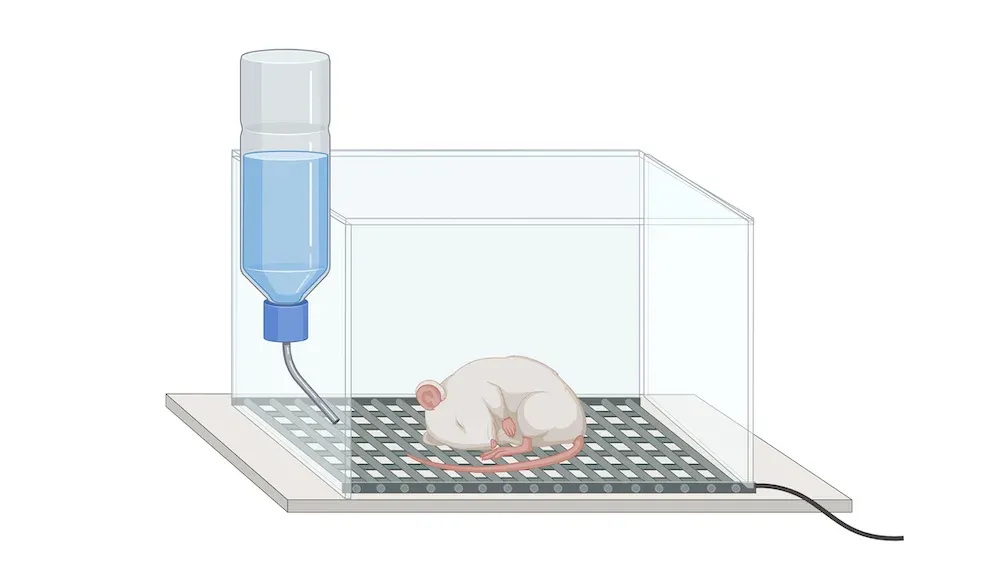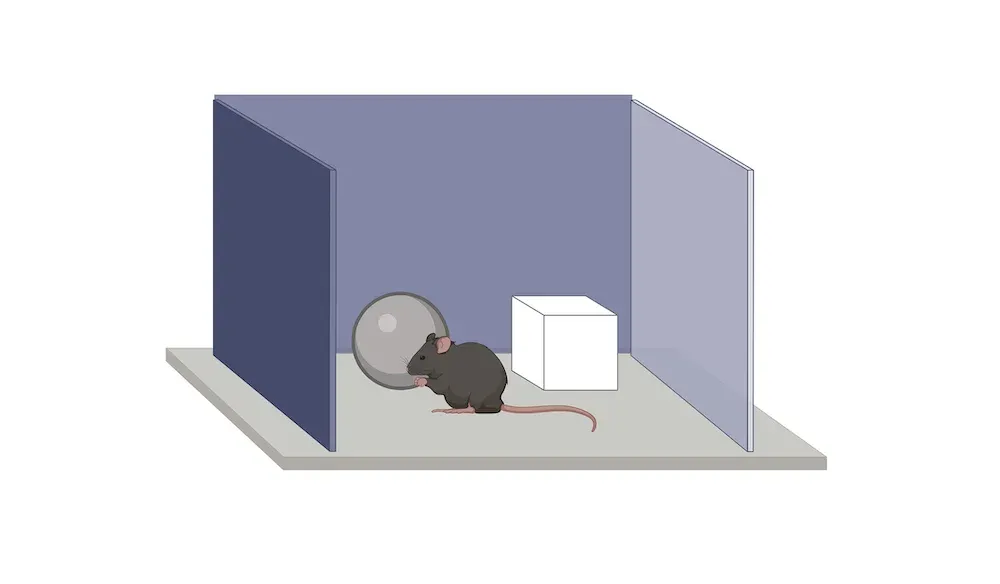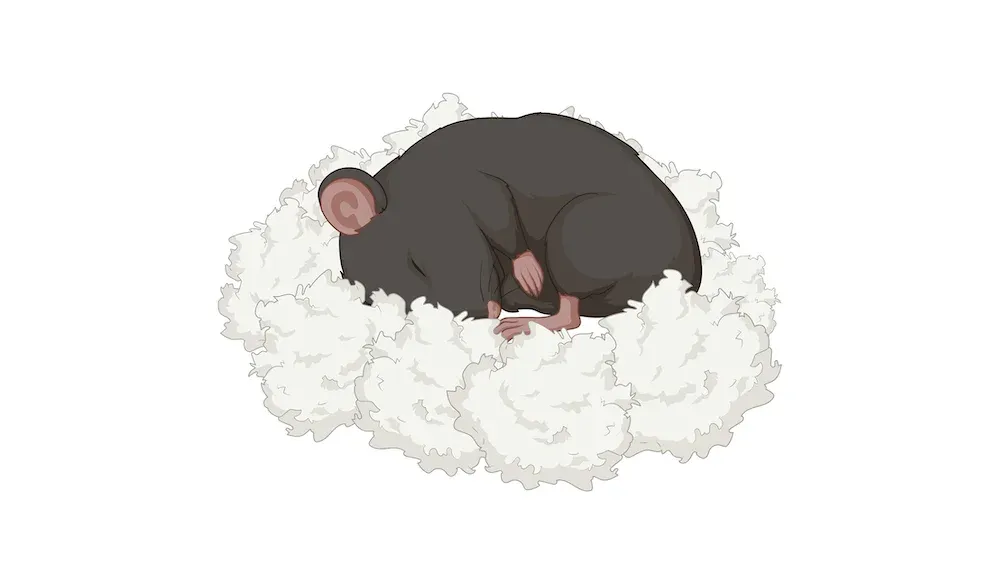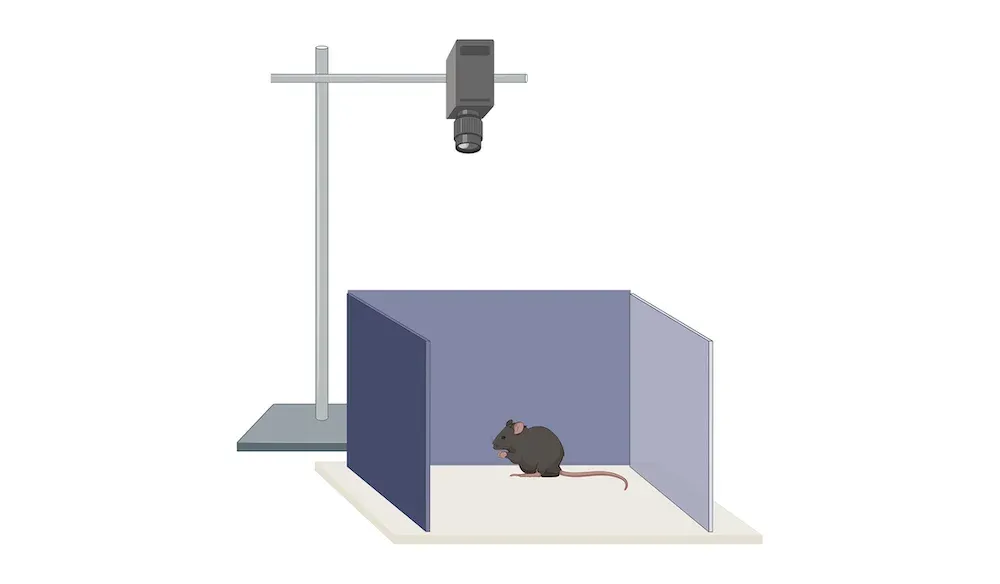
PiezoSleep
Sleep architecture is disrupted in several rodent models of CNS diseases. We have the ability to non-invasively measure quantitative changes in sleep/wake cycles.
The PiezoSleep Mouse Behavioral Tracking System enables the non-invasive evaluation of sleep/wake cycles in mice for extended durations, utilizing advanced piezoelectric sensor technology. The PiezoSleep sensor is seamlessly integrated in the floor of a plexiglass mouse cage, and measures subtle changes in movement and physiology as an indicator of sleep.
The sleep metrics derived from the PiezoSleep analysis software can be used to facilitate the study of sleep architecture, neural circuits involved in sleep regulation, and the effects of manipulating sleep patterns on various physiological and behavioral functions.

Novel Object Recognition
By providing a means to evaluate recognition memory and exploratory behavior in rodents, the novel object recognition task serves as a valuable behavioral assay. Animals initially encounter familiar objects in an arena, allowing them to become accustomed to their surroundings.
One of the familiar items is then replaced by a novel object. Rodents naturally exhibit increased exploration of novel stimuli, leading to heightened investigation of the new object compared to the familiar ones. Quantifying the duration and frequency of interactions with the novel versus familiar objects offers insights into the animal's capacity to recognize and remember previously encountered items.
Changes observed in recognition memory, demonstrated by heightened interest in exploring the novel object, offer valuable indications of potential alterations in cognitive function or memory consolidation of rodent models.

Y-maze
The Y-maze is a classic behavioral test used in rodents to assess spatial working memory, exploration, and spontaneous alternation behavior. Shaped like the letter "Y," this maze consists of three identical arms at equal angles from each other. Animals are placed in one arm and allowed to freely explore and navigate the maze.
The test relies on the natural tendency of animals to explore novel environments and display spontaneous alternation behavior by sequentially entering each arm in a different sequence without revisiting the same arm consecutively. Performance is measured by recording the sequence of arm entries, with a higher rate of alternation indicating better spatial working memory.
Spatial reference memory can also be assessed with the Y-maze. In this case, the animal is exposed to the maze in which one of the arms has been closed. The rodent is then allowed to freely explore the three arms of the maze, and the number of visits and time spent in each arm is recorded.

Nest Building
The nest building test is a widely used behavioral assay for study in rodents. It relies on the animal’s natural behavior of nest building and can provide valuable information regarding their cognitive function and fine motor skills.
Changes in nesting behavior, such as reduced nest building, altered nest structure, or decreased complexity, serve as potential indicators of neurological impairments.

Open Field Test
The open field test is a widely used behavioral assay aimed at assessing anxiety- or depression-like symptoms in rodents. It involves placing the animal in a novel open arena and recording its spontaneous exploratory behaviors, such as locomotion, rearing, and time spent in the center versus periphery of the field.
Mice with anxiety-like symptoms typically exhibit reduced exploratory activity, spending more time in the periphery and displaying decreased locomotion and rearing behaviors, indicating heightened anxiety or fearfulness.
Conversely, depression-like symptoms might manifest as decreased overall activity levels, reduced interest in exploration, and diminished motivation to engage in typical behaviors, reflecting a potential depressive state.
Learn more about our Sleep & Cognition Services.